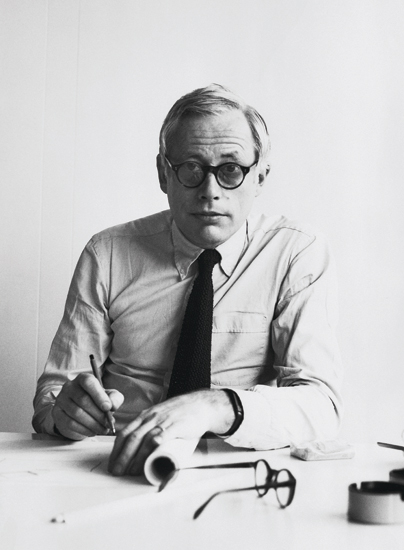Books |
Dieter Rams: As Little Design as Possible
Sophie Lovell
By
Published: Nov 17, 2013
Category:
Art and Photography
How important is Dieter Rams? The New York Times asked some great designers for their assessment. For their responses, click here.
———–
Apple is the #1 brand in the world.
Bigger than Coke, which has held the title since forever.
Bigger than IBM, Microsoft, GE, McDonald’s, Samsung, Intel and Toyota.
$98.3 billion big.
One big reason for Apple’s dominance: its design. Steve Jobs was a maniac about the look and feel of his products, and when his design team got it right, he was wild with joy: “You gotta see this in person. This is beyond the doubt, the most precise thing, and one of the most beautiful we’ve ever made. Glass on the front and back, and steel around the sides. It’s like a beautiful old Leica camera.”
Steve Jobs didn’t design Apple products. That was the province of Apple’s senior vice president of industrial design, Sir Jonathan Ive. (Yes, Ive is a Brit, and he’s been knighted.) But Jony Ive didn’t work alone — he stood on the shoulders of a giant.
The good news is that there is finally a picture-and-text book that chronicles the career of Dieter Rams, the German designer whose work for Braun is clearly the inspiration for Apple’s products.
If you are an engineer, designer or architect, you want this book. If you need to buy a present for an engineer, designer or architect, expect deep gratitude if you give this book. The rest of you? If you want to meet a genius and survey his work, here’s the coffee table book for you. And, okay, this is a book that will make your friends think you are just as smart as you are. [To buy “Dieter Rams: As Little Design as Possible” from Amazon, click here.]
Who is Dieter Rams?
In 1955, when he was hired at Braun, the 23-year-old Rams sketched a design for the company’s office. For the back wall he had drawn a modular, wall-mounted storage system. He thought that might be useful. Erwin Braun’s response: “Yes. It will help the market for our radios.” More than half a century later, that shelving system is still selling.
Coffee grinders, toasters, pocket calculators, radios and hi-fi equipment came next, all designed on the same principle: “Weniger, aber besser” (translation: “Less, but better”). Over half a century, Rams designed almost 500 products. They are exceptional in their beauty, functionality and design. And did I say there were 500 of them? That number stops me cold. It’s like a golfer shooting hole in one after hole in one.
Rams’ ten design principles belong on the wall of every designer. No way are they ten commandments — designers violate them often. That’s why Rams says that only one company consistently delights him:
“I am always fascinated when I see the latest Apple products. Apple has managed to achieve what I never achieved: using the power of their products to persuade people to queue to buy them. For me, I had to queue to receive food at the end of World War II. That’s quite a change.”
Johny Ive, for his part, could not praise Rams more highly:
“He remains utterly alone in producing a body of work so consistently beautiful, so right and so accessible.”
I stumbled upon a video that features both Rams and Ive. For me, it’s as thrilling as an action movie.


